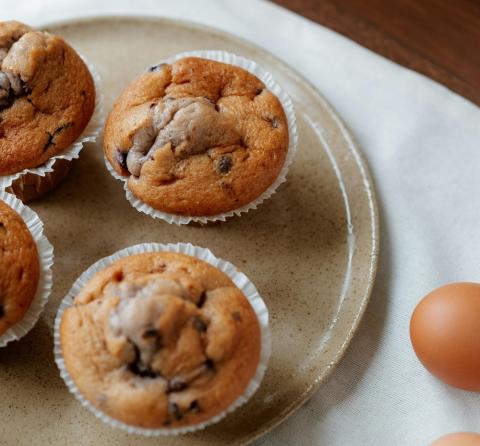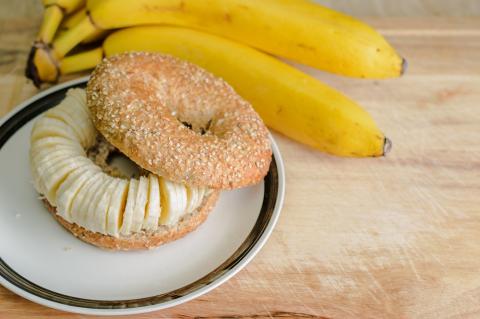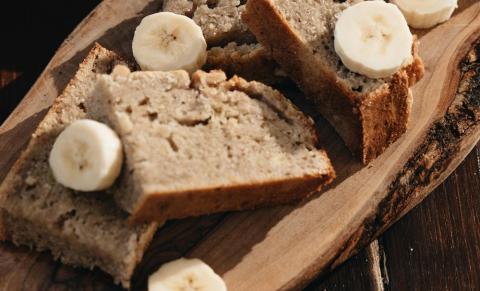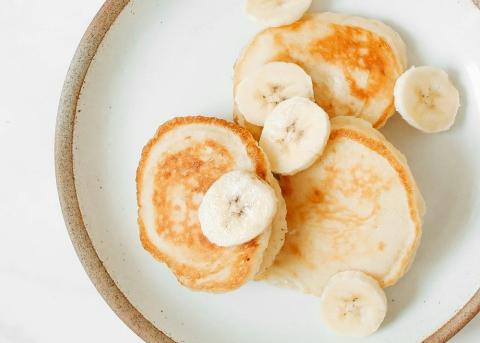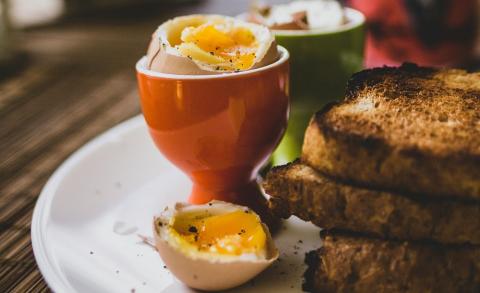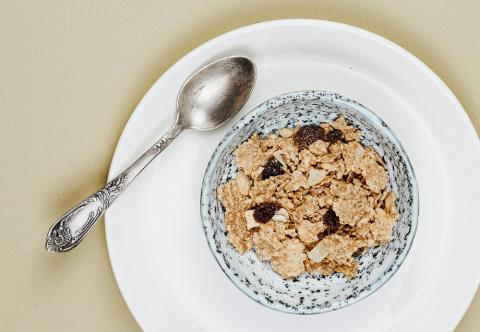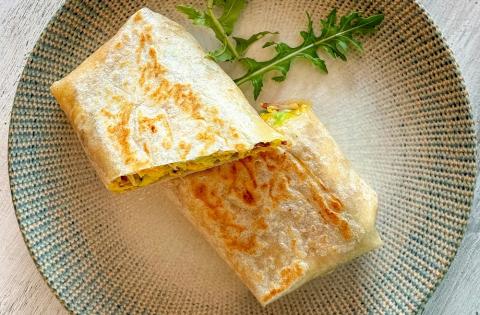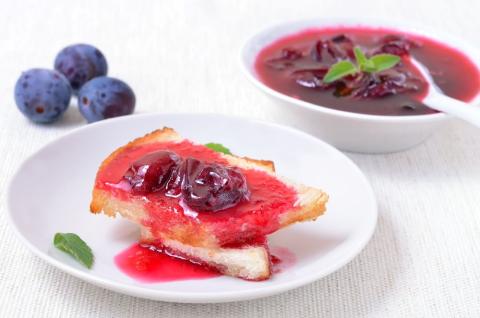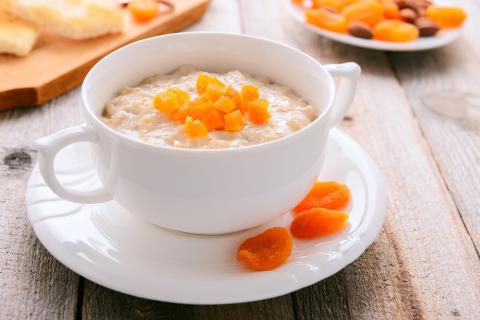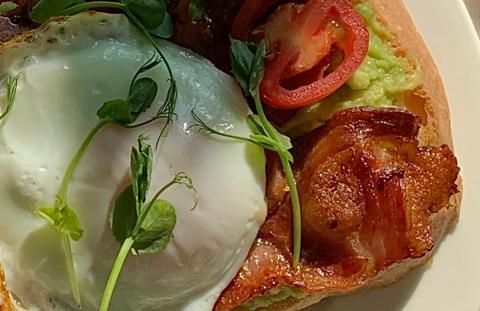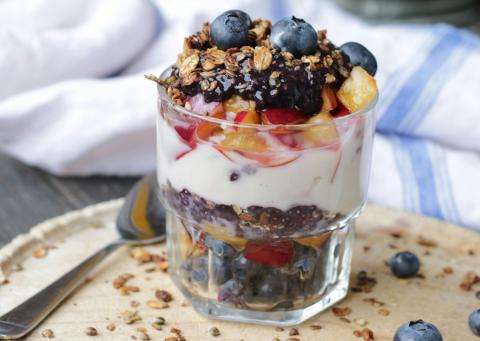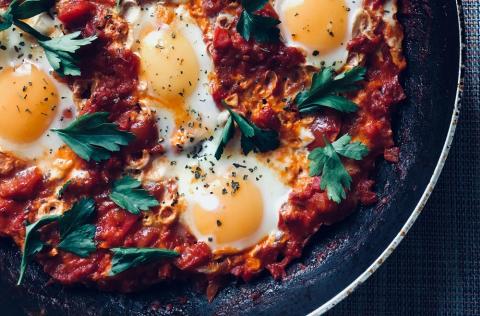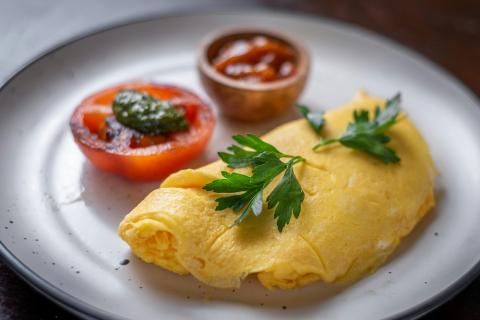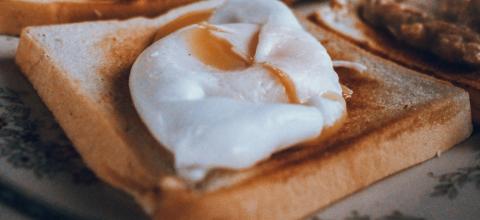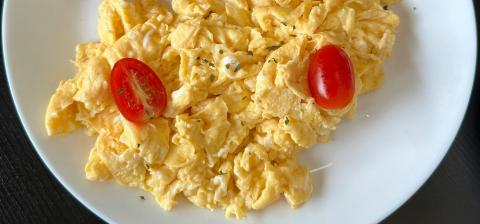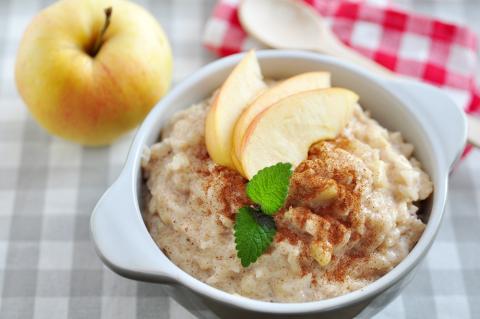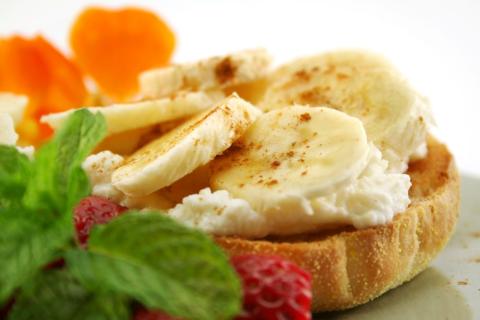- 4 Small sized (120g) Plums
- 1 Medium sized (170g) Pear
- ½ Cup (100ml) Unsweetened Apple Juice
- ½ Teaspoon (2g) Ground Mixed Spice
- 1 Tablespoon (30g) Sultanas
- 1 Can (298g) Mandarins In Juice
- 4 (144g) Wholemeal Bread
- 1 Teaspoon (3g) Ground Cinnamon
- 3 Tablespoons (120g) Low Fat Natural Yoghurt
Ingredients
Allergy Disclaimer
Always check the label of each ingredient for allergy warnings.
Method
- Cut plums in half with a sharp knife, remove the stones and slice. Remove the core from the pear and slice.
- Put plums and pears into a saucepan with the apple juice and 3 tablespoons of water. Add the mixed spice and sultanas and cook on a gently heat for around 5 minutes until the plums and pears are tender.
- Sprinkle the bread with cinamon and then toast lightly.
- Drain juice from the mandarins and then add to the saucepan stir gently and heat for a further minute.
- Serve fruit with toast and yoghurt.
Time Saver Tips
There's no need to peel the pear.
Cost Saver Tips
Can use other fruit in season or that have in your fruit bowl. Try with apples or berries.
Tips for Kids
They will enjoy sprinkling the cinnamon on the bread.
Nutritional Information
Based on a single serving of 210g (% of an adult's reference intake)
Energy
164 kcals ( 8 %)
689 kJ ( 8 %)
Fat
0.4 g ( 2 %)
Saturates
34.6 g ( %)
Sugar
20.2 g ( 22 %)
Salt
0.5 g ( 8 %)
Detailed nutritional information
| Per 100g | Per 210g serving | |
|---|---|---|
| Energy Kcals | 78 | 164 |
| Energy Kj | 328 | 689 |
| Protein | 2.7 g | 5.8 g |
| Total Fat | g | g |
| Saturated Fat | 0.2 g | 0.4 g |
| Carbohydrates | 16.4 g | 34.6 g |
| Total Sugars | 9.6 g | 20.2 g |
| NSP Fibre | 1.5 g | 3.1 g |
| Sodium | 96 mg | 202 mg |
| Salt | 0.2 g | 0.5 g |
Find out about nutritional labelling
Nutrition labels on the front of packaging
- Most of the big supermarkets and many food manufacturers display nutritional information on the front of pre-packed food.
- Front of pack nutrition labels provide information on the number of grams of fat, saturated fat, sugars and salt and the amount of energy (in kJ and kcal) in a serving or portion of a recipe.
- The labels also include information about reference intakes (expressed as a percentage) which are guidelines about the approximate amount of particular nutrients and energy required for a healthy diet.
- The colour coding tells you at a glance if the food has high (red), medium (amber) or low (green) amounts of fat, saturated fat, sugars and salt.
- The more greens on the label, the healthier the choice
- Amber means neither high nor low, so you can eat foods with all or mostly ambers on the label most of the time.
- Reds on the label means the food is high in that nutrient and these are the foods we should cut down on. Try to eat these foods less often and in small amounts.
Food shopping tips
If you’re trying to decide which product to choose, check to see if there's a nutrition label on the front of the pack. This will help you to quickly assess how your choices stack up. You will often find a mixture of red, amber and green colour coding for the nutrients. So when you're choosing between similar products, try to go for more greens and ambers and fewer reds if you want to make a healthier choice.
 Activities & Play
Activities & Play Behaviour
Behaviour Childcare
Childcare Development & Growing Up
Development & Growing Up Family, Friends & Relationships
Family, Friends & Relationships Feeding Your Baby
Feeding Your Baby Food & Eating
Food & Eating Health & Safety
Health & Safety Mental Health & Wellbeing
Mental Health & Wellbeing Money & Work
Money & Work Online Behaviour & Safety
Online Behaviour & Safety Pregnancy & First Days
Pregnancy & First Days School & Education
School & Education Sleep
Sleep


